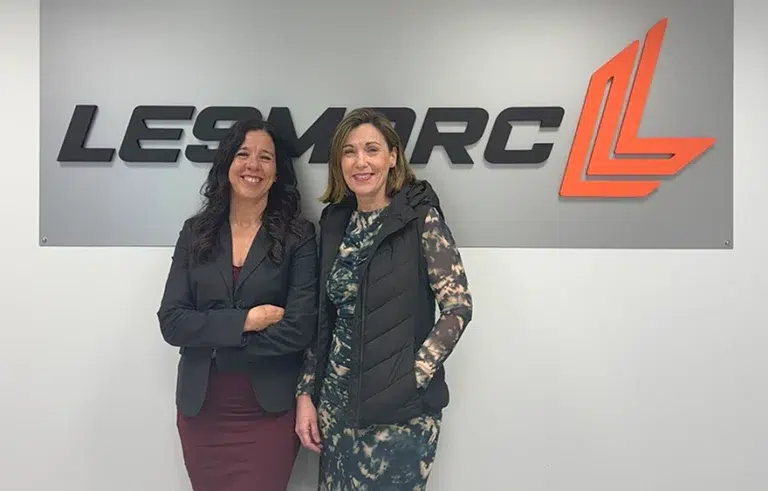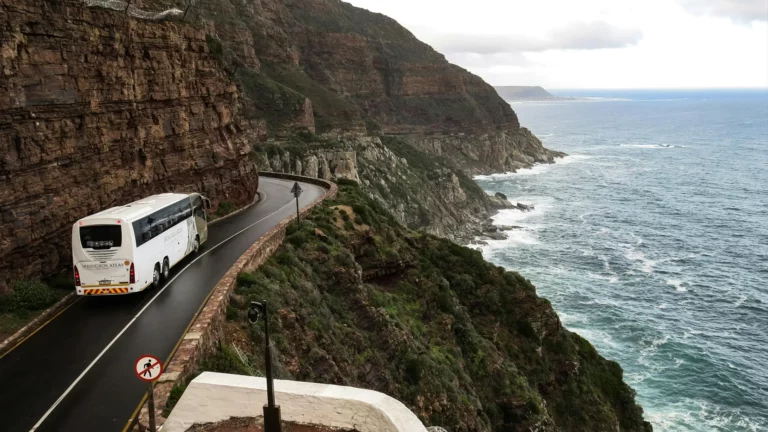Sustainability has become one of the major concerns in recent years; reducing greenhouse gas emissions, decarbonization, and the search for new alternative energy sources are top priorities for authorities.
Some of the main actions focus on mobility, both in the transition of the European Union’s vehicle fleet from combustion engines to electric vehicles, with the significant challenge that this entails, as well as in the protection of people from the pollutant emissions of internal combustion vehicles.
Within the plans established by the European Union, it has assigned each member country the responsibility of creating these zones or areas to eliminate pollution and greenhouse gas emissions. Some countries have decided to restrict access to the most polluting vehicles, as is the case with Spain, through the creation of so-called “low emission zones.”
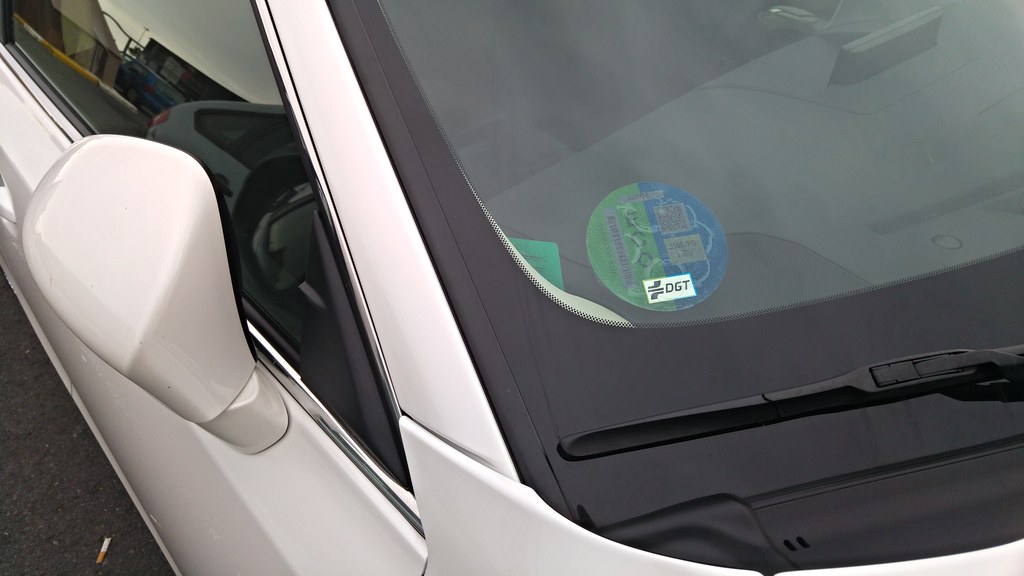
What are low emission zones
Low emission zones (ZBE) are designated areas within cities where access is restricted for the most polluting vehicles. This measure aims to improve urban air quality by reducing emissions of nitrogen dioxide (NO2) and suspended particles (PM10 and PM2.5), among other pollutants. These areas limit or prohibit the entry of vehicles that do not meet certain emission standards or impose additional fees on them.
The implementation of low emission zones (ZBE) has grown exponentially in Europe, driven by the sustainability regulations imposed by the EU, as we mentioned. In 1996, there were only three of these zones, whereas by 2022, the number had risen to 320. It is expected that by 2025, there will be more than 500 low emission zones (ZBE), with many cities planning zero emission zones (ZEZ) where only non-polluting vehicles will be allowed to enter.
In Spain, Madrid and Barcelona were pioneers in establishing low emission zones (ZBE). In 2024, Madrid expanded its restrictions by banning the entry of vehicles without an environmental label throughout the city. Barcelona, with one of the largest low emission zones (ZBE) in Europe, applies similar restrictions and has shown a significant reduction in pollutant levels thanks to these policies.
Furthermore, a state regulation passed in 2023 mandates municipalities with over 50,000 inhabitants and those with over 20,000 inhabitants exceeding pollutant particle limits to establish low emission zones (ZBE). Similarly, municipalities with more than 20,000 inhabitants will have to establish low emission zones (ZBE) by 2027 if the Sustainable Mobility Bill is fully approved by the Congress of Deputies.
However, the implementation has been uneven, and several cities have received warnings for not complying with the regulations.
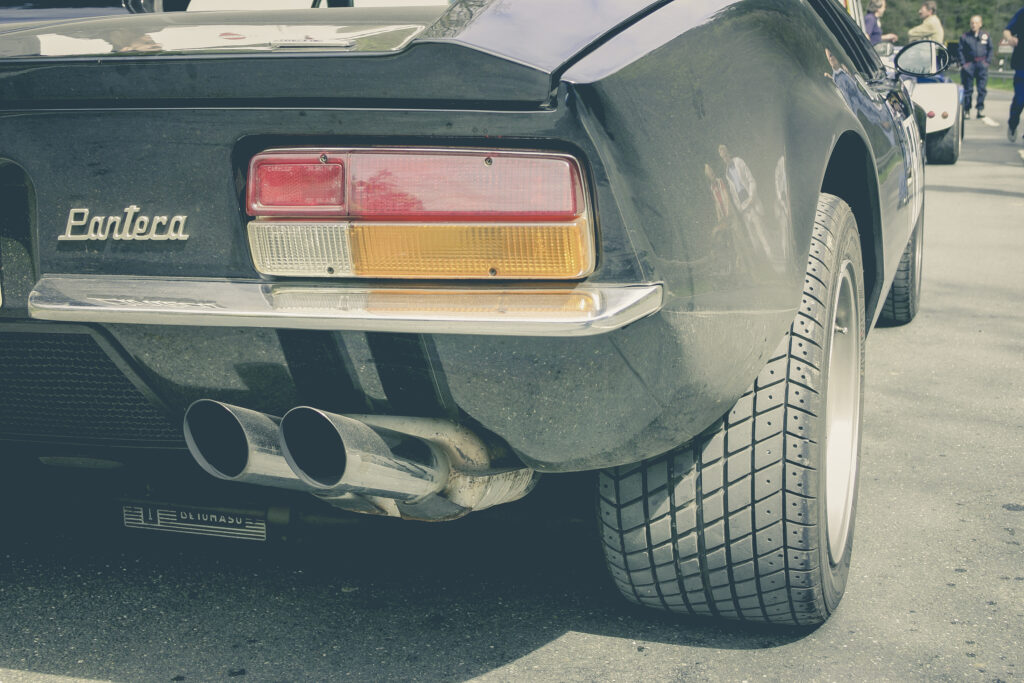
The Euro regulations
The Euro regulations set emission standards for new vehicles in Europe. Each phase of these regulations (Euro 1, Euro 2, etc.) imposes stricter limits on the pollutants that vehicles can emit. These regulations are crucial for fleet management, as they determine which vehicles can operate in low emission zones (ZBE) without restrictions.
The Euro regulations apply to different types of vehicles, including passenger cars, light commercial vehicles, trucks, and buses. For example, passenger cars must comply with Euro 6 standards since September 2014 and with Euro 6d standards since September 2020. For light commercial vehicles, the standards vary based on weight, with lighter ones required to comply with Euro 6 since September 2014 and Euro 6d since September 2020. Trucks and buses must comply with Euro 6 standards since September 2013 and with Euro 6d standards since September 2018.
For fleet managers, it is crucial to understand these standards as they influence the ability to operate within low emission zones (ZBE). Cities may require special permits, labels, or tolls for vehicles that do not comply with the applicable Euro standards. Compiling all this information is crucial to be able to conduct business smoothly. At Fagor Smart Data, we were very aware of the importance of this information. That’s why our fleet manager, FlotasNet, includes all the necessary tools to control both the fleet and the restrictions that must be considered in each case, allowing for optimal fleet management planning.
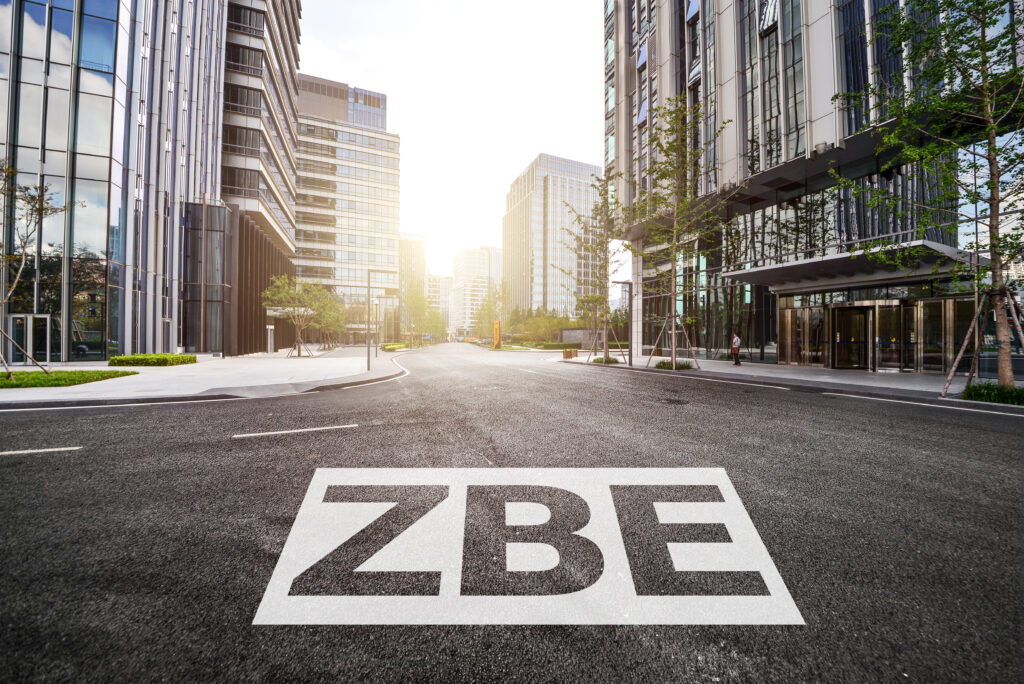
How low emission zones affect my fleet
The implementation of low emission zones directly affects the operation of commercial fleets. Fleet managers must ensure that their vehicles comply with the required emission standards to avoid fines and penalties. Moreover, non-compliance can damage the company’s reputation and affect its ability to operate efficiently.
The first step is to identify the cities where our vehicle fleet operates and verify the specific regulations of each low emission zone (ZBE). Some cities require permits, emission labels, or toll payments. Therefore, it is essential to stay updated on local regulations and adapt the fleet accordingly. Introducing this information into FlotasNet and keeping it updated is fundamental for the proper development of fleet management.
Another point of interest is adapting our fleet to the needs and requirements that may be requested to access low emission zones (ZBE). Incorporating electric vehicles (EVs) is a viable solution to comply with low emission zone (ZBE) regulations, and it is also becoming a robust strategy, especially for urban distribution. Electric vehicles (EVs) are not only exempt from many restrictions but also contribute to reducing fleet emissions.
Implementing a fleet decarbonization strategy may involve gradually replacing internal combustion vehicles with EVs, adopting efficient driving practices, and using alternative fuels.
In conclusion, we can say that Low Emission Zones represent a significant challenge for fleet management, but also an opportunity to modernize and optimize operations. The key lies in adaptation and the use of advanced technology to ensure regulatory compliance through a fleet manager like FlotasNet, thereby enhancing the overall sustainability of the fleet.
